Planning a Japan Tour

The Ultimate Guide to Touring Japan
Planning a trip to Japan does take some thought and a bit of detailed planning – but honestly, that’s part of the fun. Japan is one of my favourite places in the world, and helping people put together their trips here is always a highlight. Over the years, I’ve picked up plenty of tips and tricks that can make your journey smoother, more exciting, and a whole lot more memorable.
Getting Around with a Japan Rail Pass
If you’re travelling around Japan, a Japan Rail Pass is usually my first recommendation. It’s available in 7- and 14-day versions, and you’ll need to buy it before you get to Japan.
The train network is honestly one of the best in the world – fast, clean, efficient, and almost always on time to the minute. You can’t use it on the very fastest bullet trains, but for most people that’s not a problem.
My tips for making the most of it:
-
Reserve seats: It doesn’t cost extra, and it saves a lot of stress at busy times.
-
Consider the Green Car: If you want more space and a quieter carriage, first class is well worth it.
-
Stations are huge: Shinjuku in Tokyo is the biggest train station in the world – think shopping mall meets transport hub. Knowing your platform in advance is a game-changer.
-
Eat on the train: Don’t miss out on ekiben – those beautifully presented station bento boxes. Each region has its own specialties, and trying them is a travel experience in itself.
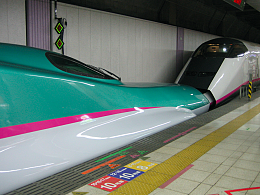
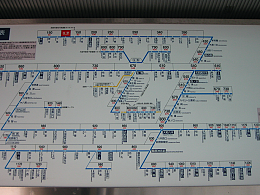
Travelling Light with Baggage Forwarding
One of Japan’s best-kept secrets is takkyubin – the luggage delivery service. For a small fee, you can send your bags between hotels, or even straight to the airport. It’s so efficient, you’ll never want to drag heavy cases onto a train again.
How I use it:
-
Send your main bag ahead to Kyoto and just take a small overnight bag to Hakone. That way, you can really relax and enjoy the hot springs.
-
On your last day, ship your luggage straight to the airport and spend your final hours sightseeing hands-free.
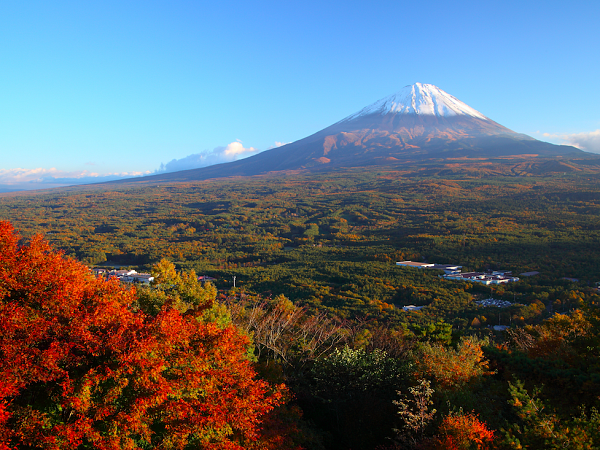
Where to Stay (and What to Expect from Rooms)
Hotels in Japan – especially in Tokyo and Kyoto – tend to have smaller rooms than many travellers expect. That doesn’t mean they’re uncomfortable though; the space is used really cleverly, with storage tucked away everywhere.
Things worth knowing:
-
Even simple business hotels can be surprisingly nice. Chains like Dormy Inn sometimes have rooftop hot spring baths and even free bowls of late-night ramen for guests.
-
If you want a traditional experience but don’t fancy sleeping on the floor, look for a ryokan with Western-style beds alongside tatami mat areas.
Keeping Your Trip Varied
Japan has so much to see and do that it’s easy to end up temple-hopping until everything blurs together. My advice? Mix it up.
Ideas for variety:
-
In Kyoto, swap a morning at the Golden Pavilion for a quiet stroll around Okochi Sanso Villa, where you’ll also get a cup of tea with the view.
-
In Tokyo, skip the busiest shopping areas and wander through Yanaka’s retro backstreets or the cafes along Nakameguro’s canal.
-
Try a countryside detour. Walking the old Nakasendo trail between Magome and Tsumago feels like stepping back in time.
-
For Mount Fuji views without the crowds, head to Lake Kawaguchiko – the reflections on a clear day are unforgettable.
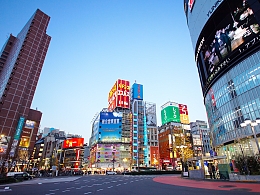
![]()
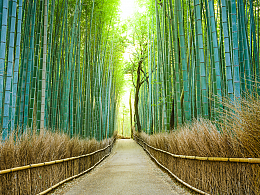
Guided Days vs. Exploring Solo
Guided tours in Japan are excellent for getting context and discovering things you’d never spot alone. That said, Japan is also incredibly easy to explore on your own. I usually recommend a mix:
-
Have a guide show you around for half a day in Tokyo or Kyoto – they’ll add layers of history and detail that you’d otherwise miss.
-
Balance that with free time, so you can wander at your own pace, follow your curiosity, and maybe stumble into a tiny noodle shop you’d never have found on a tour.
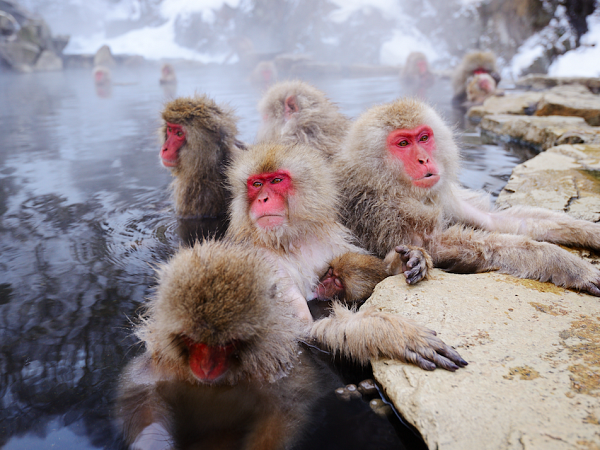
Don’t Overdo It
It’s tempting to cram in as much as possible – but rushing from one sight to another will only leave you exhausted.
What works best:
-
Aim for just two or three main highlights each day.
-
Remember that museums and temples often close on Mondays – a detail many people overlook.
-
If you want to see popular spots like Fushimi Inari or Kinkaku-ji, go early in the morning or later in the day to beat the tour groups.
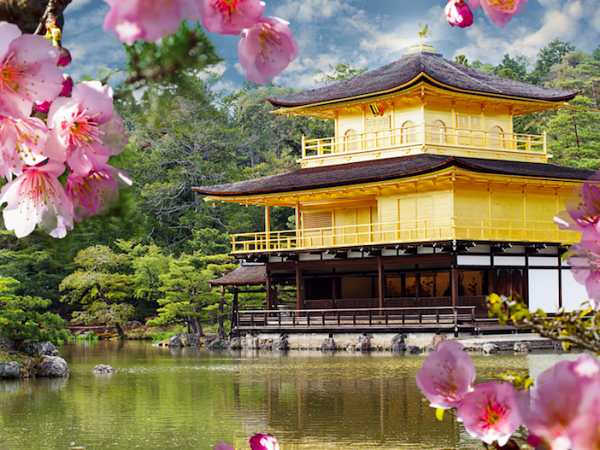
Experiences Worth Seeking Out
The real joy of Japan isn’t just in the sights – it’s in the experiences.
On my must-try list:
-
Hot spring bathing: It can feel daunting, but once you get past the initial nerves, it’s incredibly relaxing. Just remember: small towel on your head, not in the water!
-
Stay in a ryokan: Sleeping on a futon and enjoying a multi-course kaiseki dinner is something you’ll never forget – especially if your room has a private outdoor bath.
-
Night food tours: Osaka and Fukuoka are brilliant for street food. Joining a guided night crawl through tiny izakaya bars is one of the best ways to get under the skin of Japanese food culture.
-
Seasonal tastes: Japan is obsessed with the seasons, and the food reflects that. Strawberries in spring, matsutake mushrooms in autumn, snow crab in winter – it’s worth planning meals around what’s in season.
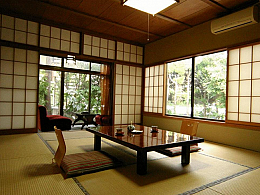
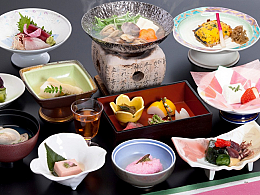
When to Go
Timing makes a big difference in Japan.
-
Spring: Cherry blossoms are stunning, but they draw crowds. The bloom starts in the south and moves north, so you can sometimes “chase” them.
-
Summer: Hot and humid, but festival season is incredible.
-
Autumn: Bright red and orange leaves transform the landscape – one of my favourite times to visit.
-
Winter: Don’t overlook it. Snow monkeys in Nagano, powder skiing in Hokkaido, and cosy hot springs make it magical.
One thing to avoid: Golden Week (late April–early May). It’s when the whole country is on holiday, so trains are full and hotels book up months in advance.
Final Thought
Japan is a place that rewards curiosity. Don’t just tick off the big names – get a little lost, try a vending machine coffee, wander into a backstreet izakaya. With the right mix of planning and flexibility, you’ll discover a side of Japan that goes far beyond the guidebooks – and that’s where the real magic lies.


